
|
| |
|
|
|
|
|
|
Products mentioned in this Article
|
|
|
|
|
|
|
|
|
 |
|
|
81mm and 120mm Mortar Platoons (HU705)
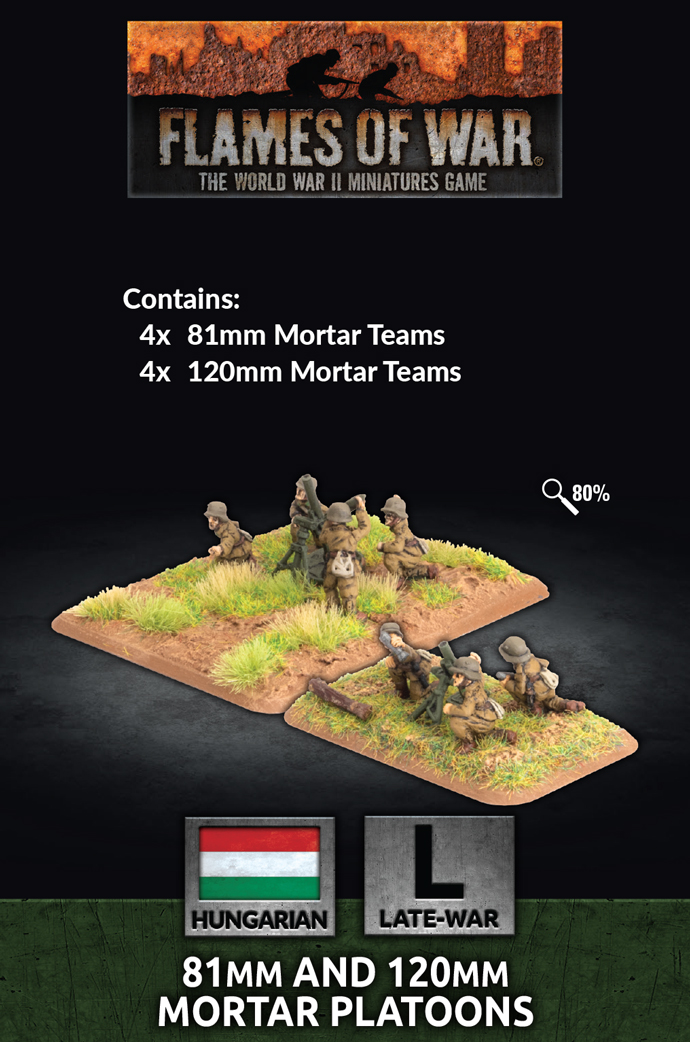 |
81mm and 120mm Mortar Platoons (HU705)
includes four 81mm Mortar Teams and four 120mm Mortar Teams
Mortars are ideal support weapons for the infantry. They can be called on to give instant support against assaulting enemy. On attack they can bring fire down on the enemy positions to keep their heads down, while your infantry approaches to assault.
36M & 36/39M 81.4mm Mortar
During the years after the First World War the Hungarian Army used the 17M and 18M Skoda mortar they had inherited from the Austro-Hungarian Army. In 1936 the State Weapons Factory at Diósgyör started to produce the 36M 81.4mm Mortar based on the modern French Brandt design. The Brandt 81.4mm mortar proved a popular weapon with many countries with it also being adopted by France, USA, and Romanian among others. In 1939 the design underwent some minor modifications. This was designated the 36/39M.
Check out the 81mm and 120mm Mortar Platoons in the online store here...
|
|
Bagration: Axis Allies
In 1944 Stalin’s Red army is on the attack. While it throws the Germans out of Byelorussia, it also goes about defeating Germany’s allies; Finland, Romania and Hungary. The Romanians hold off the first Soviet attacks, but a second massive offensive in August 1944 sees them overwelmed. They surrender and swap sides to fight alongside the Soviets. Meanwhile, the Finns also fight for their survival as the Soviets attempt to steamroll them out of the war. They fight the Soviets to a standstill and agree a peace, but are forced to to turn on the Germans. Then three massive Soviet Fronts turn on Hungary, defended by six German and Hungarian armies. The great red sledgehammer is soon swinging, as the Soviets and Romanians launch an assault toward Budapest. Axis armoured forces attempt to stop the encirclement of the city. This savage and bitter struggle will last for 100 gruelling days.
|
 |
|
|
A number of captured and German supplied mortars were also used through out the war, as they were able to fire the standard Hungarian 81.4mm Mortar ammunition. Among them were Dutch, Czech, Yugoslav and Soviet medium mortars.
36M (36/39M) Technical Specifications
Calibre: 81.4mm
Weight: 85 Kg
Shell weight: 4.125 Kg
Rate of Fire: 20-25 rounds per minute
Elevation: +40° to +88°
Traverse: +6° to +130°
Range: 50-4300 meters (6200 meters)
Each Infantry battalion had available a mortar platoon of four medium mortars, with an additional 1-2 Mortar platoons available from the regiment.
120mm 43M mortars
The 120mm M43 mortar was a Soviet designed mortar based on the earlier 120mm obr 1938 mortar. The 120mm obr 1938 was in fact the first 120mm mortar developed by any country for their armed forces. After the Germans invaded the Soviet Union in June 1941, the 120mm obr 1938 proved to be far too demanding to manufacture on a Soviet war industry that was already struggling to keep up with demand.
The M43 retained the stamped circular base plate and two-wheel carriage of the 120mm obr 1938 but featured large shock-absorbing cylinders. During the fighting on the Don in 1942 the Hungarian were able to capture a number of 120mm Soviet mortars. The Hungarians were impressed with this weapon and similar mortars used by the Germans. They soon began to make their own, giving their infantry added heavy support in the front line.
|
|
You can get your unit cards in the Bagration: Hungarian Unit Card Pack here...
|
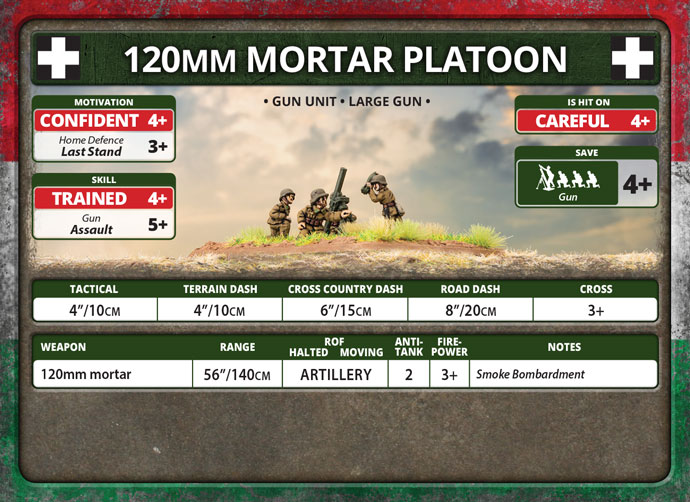 |
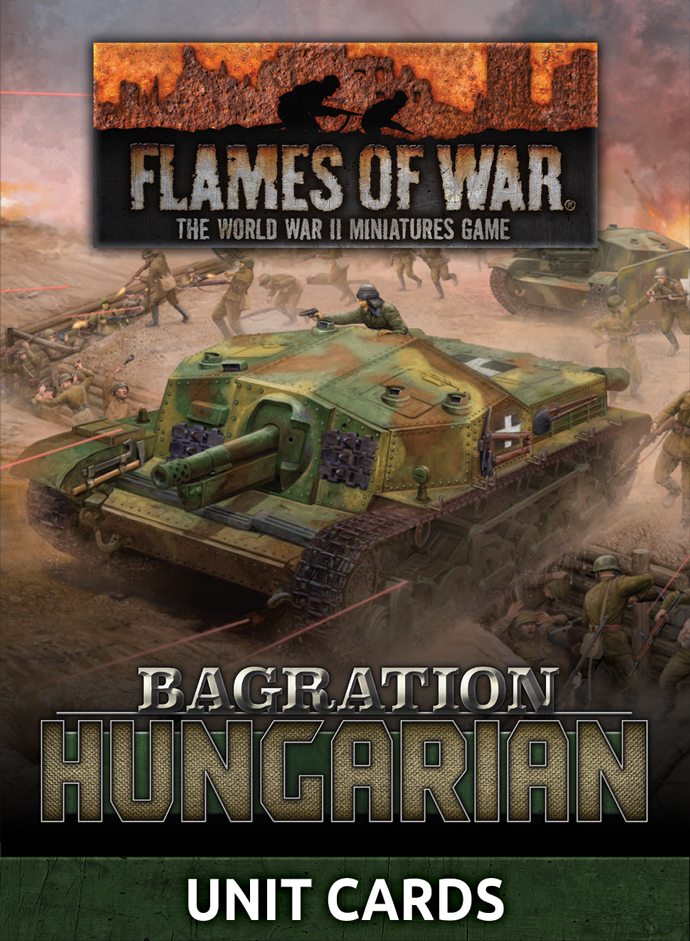
|
 |
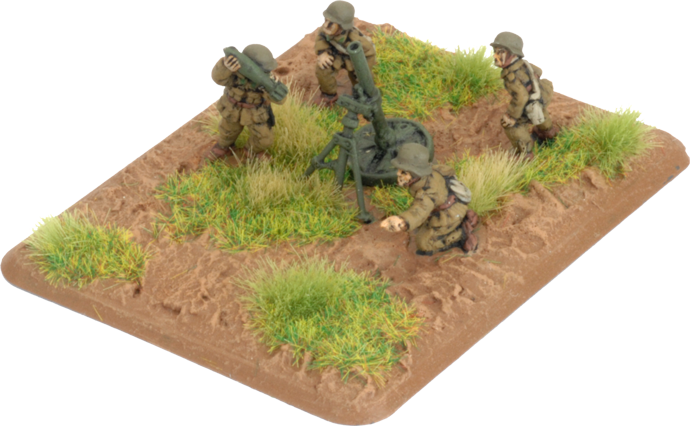 |
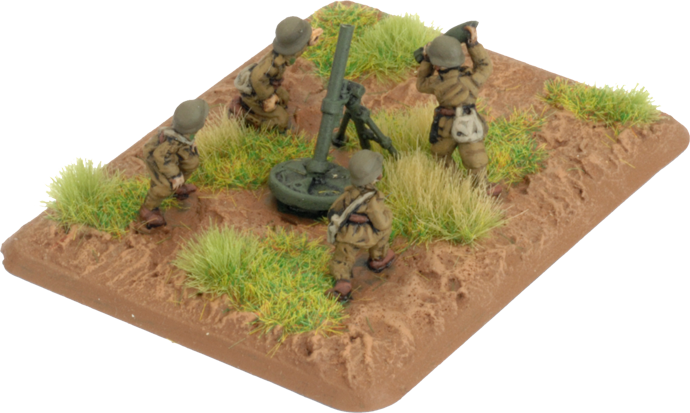 |
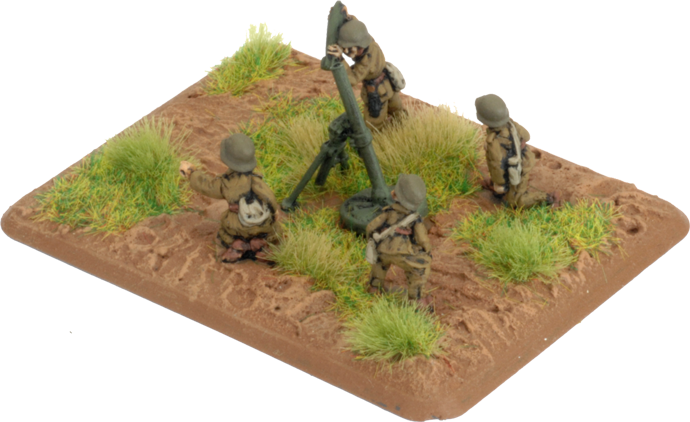 |
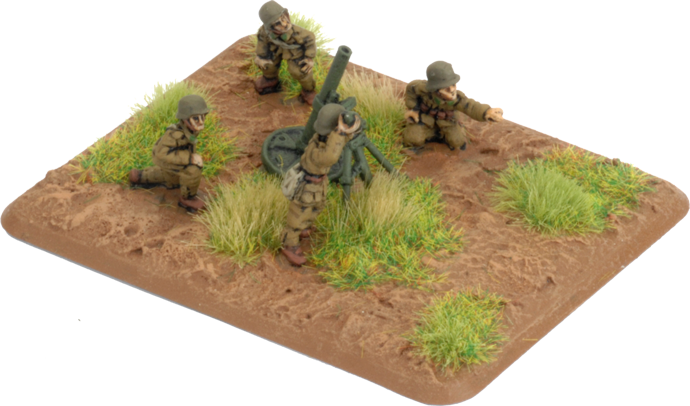 |
|

|
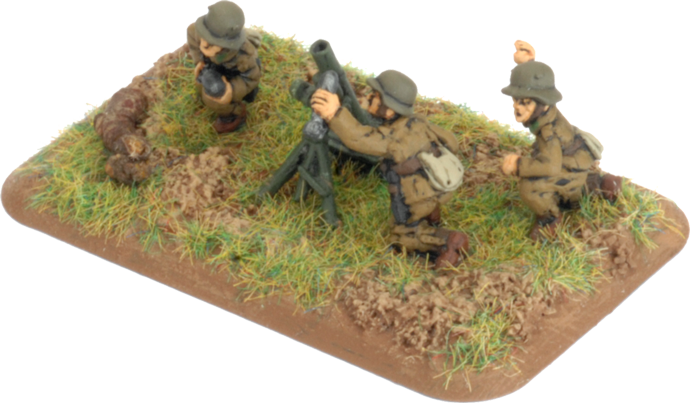 |
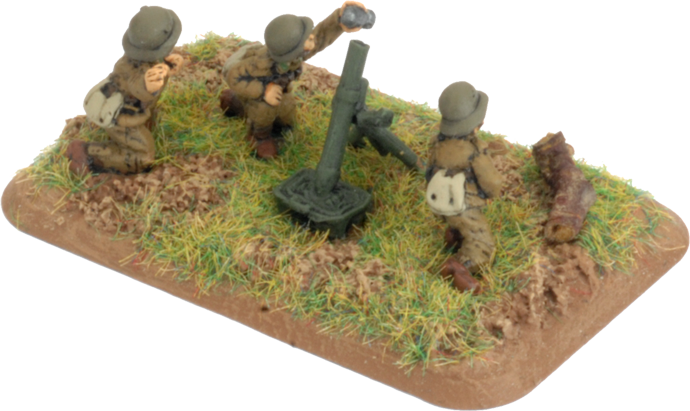 |
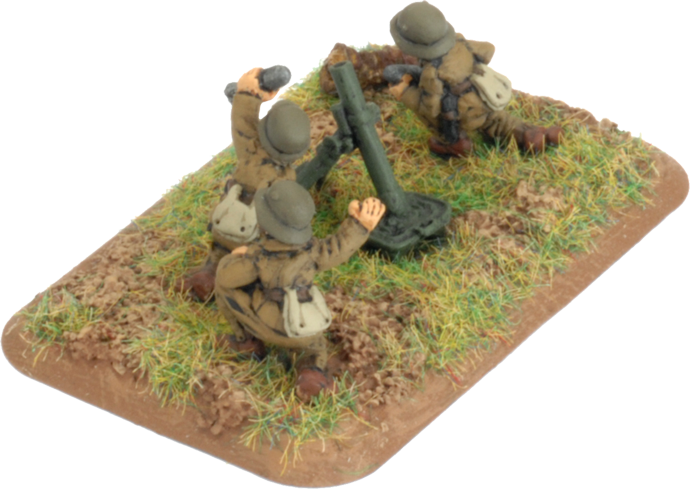 |
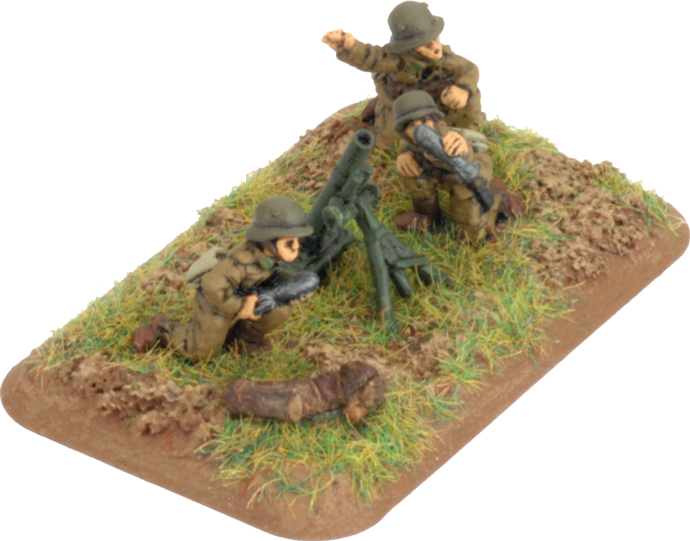 |
 |
| Contact the customer service team at [email protected] if you have issues with any components. |
Last Updated On Tuesday, January 24, 2023 by Wayne at Battlefront
|
|
|